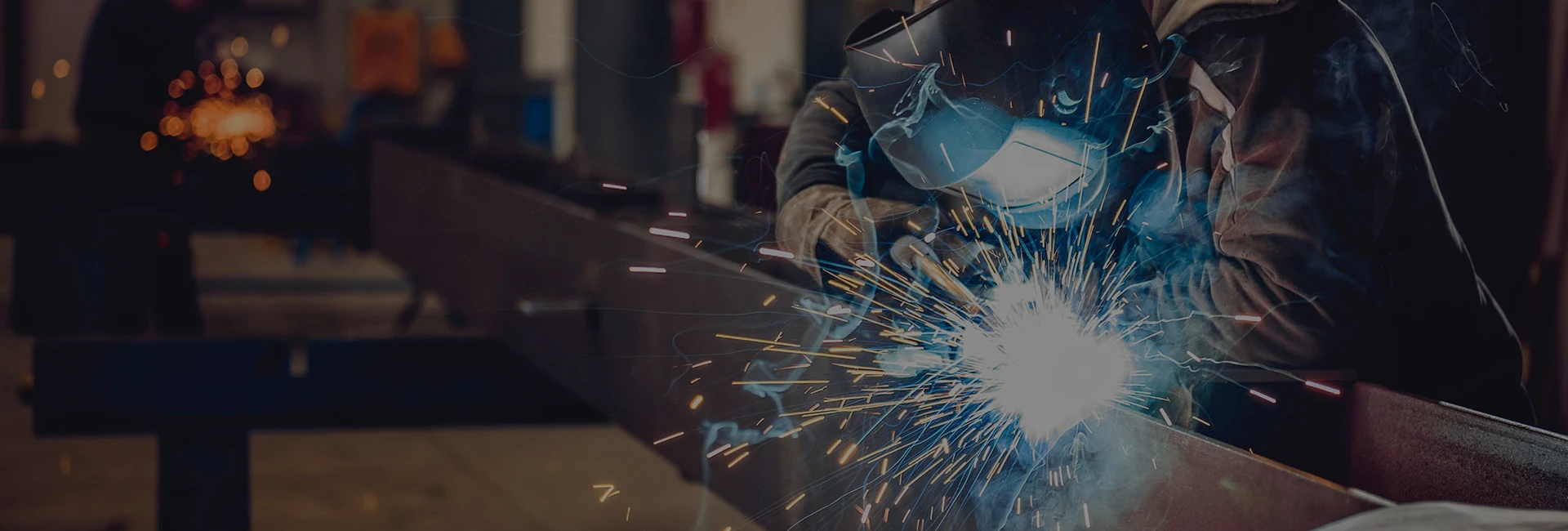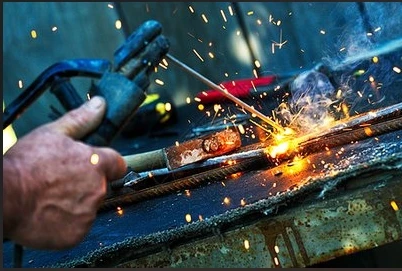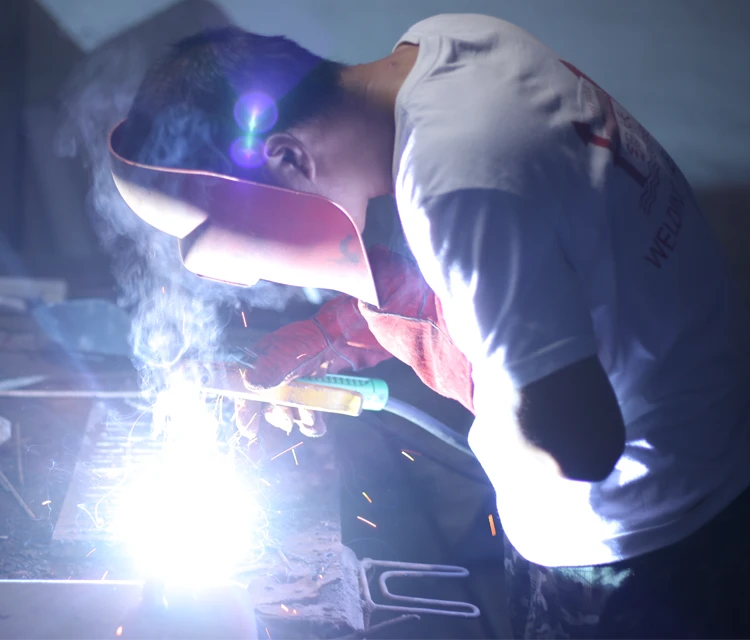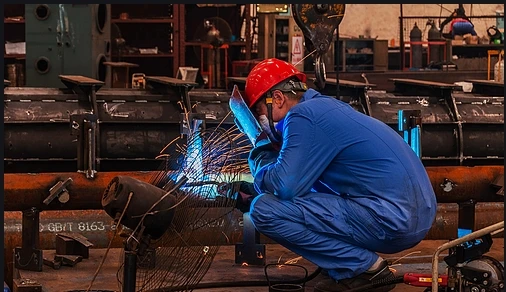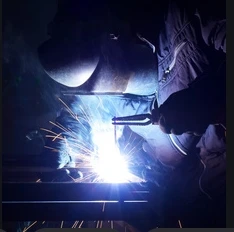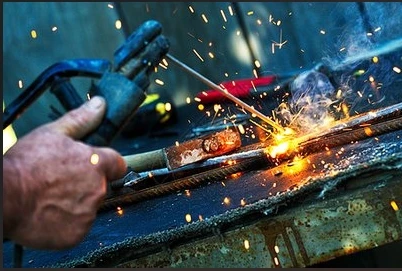Stainless Steel Electrode Corrosion Resistance
Ago . 29, 2025 16:44
Stainless steel electrodes are specialized welding tools designed to provide exceptional corrosion resistance in harsh environments. These electrodes are made from high-quality stainless steel alloys that contain chromium, nickel, and other elements to enhance their resistance to oxidation and corrosion. The stainless steel welding rod is a critical component in various industrial applications, especially in industries where materials are exposed to moisture, chemicals, or extreme temperatures. The welding stainless steel stick works by creating a strong, durable weld that can withstand corrosive conditions. Its composition ensures that the weld metal inherits the corrosion-resistant properties of the base metal, making it ideal for applications in chemical plants, food processing equipment, marine structures, and more.
The corrosion resistance of stainless steel electrodes stems from the formation of a passive chromium oxide layer on the surface of the weld. This layer acts as a barrier against corrosive agents, preventing them from penetrating and damaging the underlying metal. The thickness and integrity of this passive layer depend on the quality of the electrode and the welding process. High-quality electrodos de acero inoxidable produce a dense, uniform passive layer that provides long-lasting protection.
Factors Affecting Stainless Steel Welding Rod Performance
Several factors influence the corrosion resistance of stainless steel welding rods. The first is the chemical composition of the electrode. Different stainless steel grades have varying levels of chromium, nickel, and other alloying elements. For example, austenitic stainless steels (such as 304 and 316 grades) contain higher levels of nickel, which improves their resistance to general corrosion and pitting. On the other hand, ferritic and martensitic stainless steels have lower nickel content but offer better resistance to stress corrosion cracking in certain environments.
The welding process and parameters also play a crucial role. Proper welding techniques, such as maintaining the correct heat input and interpass temperature, help ensure the formation of a robust passive layer. Overheating the weld can lead to chromium carbide precipitation at the grain boundaries, which depletes chromium in the adjacent areas and makes the weld susceptible to intergranular corrosion. Using the appropriate shielding gas and following recommended welding procedures are essential for maximizing the corrosion resistance of the welding stainless steel stick.
Environmental conditions are another significant factor. The stainless steel electrode performance can be affected by the presence of corrosive media such as chlorides, acids, or alkaline solutions. In highly corrosive environments, selecting a stainless steel grade with enhanced resistance to specific corrosive agents is necessary. For instance, in marine environments with high chloride exposure, electrodes made from stainless steels with molybdenum additions (like 316L grade) provide better pitting and crevice corrosion resistance.
Enhancing Welding Stainless Steel Stick Longevity
To enhance the longevity and corrosion resistance of welding stainless steel sticks, several best practices should be followed. Pre-weld cleaning is essential. The welding area should be thoroughly cleaned of contaminants such as oil, grease, rust, and dirt. These contaminants can introduce corrosive elements into the weld and disrupt the formation of the passive layer. Using a stainless steel wire brush to clean the base metal and welding rod surface helps ensure a clean welding surface.
Post-weld heat treatment can also improve the corrosion resistance of certain stainless steel grades. For example, stabilizing treatments for austenitic stainless steels help prevent sensitization and reduce the risk of intergranular corrosion. In some cases, passivation treatments using citric acid or nitric acid solutions can enhance the passive layer's performance.
Regular inspection and maintenance of welded components are vital. Identifying early signs of corrosion, such as surface discoloration or pitting, allows for timely intervention. In critical applications, non-destructive testing methods like ultrasonic testing or dye penetrant inspection can be used to assess the integrity of the weld and detect potential corrosion issues before they become severe.
Electrodo de acero inoxidable Applications Across Industries
The applications of electrodos de acero inoxidable span numerous industries due to their superior corrosion resistance. In the chemical industry, they are used to weld reactors, storage tanks, and piping systems that handle corrosive chemicals. The ability of the stainless steel welding rod to resist chemical attack ensures the longevity and safety of these critical components.
In the food and beverage industry, stainless steel electrodes are employed in the fabrication of processing equipment, such as mixers, tanks, and conveyors. The corrosion-resistant welds provided by the welding stainless steel stick prevent contamination of food products and comply with strict hygiene standards.
Marine applications heavily rely on stainless steel electrodes for constructing ship hulls, propellers, and offshore structures. The electrodes' resistance to saltwater corrosion is crucial for the durability of marine equipment. Additionally, in the architectural field, stainless steel electrodes are used for welding decorative elements, railings, and structural components that are exposed to the elements.
FAQ About Stainless Steel Welding Rod y Welding Stainless Steel Stick
What Are the Main Advantages of Using Stainless Steel Welding Rods for Corrosion Resistance?
The primary advantages of using stainless steel welding rods include their exceptional resistance to various forms of corrosion, such as uniform corrosion, pitting corrosion, and crevice corrosion. They also offer good mechanical properties at both ambient and elevated temperatures. The welds produced by these electrodes maintain their strength and corrosion resistance over time, reducing the need for frequent maintenance and repairs. Additionally, stainless steel electrodes provide excellent weldability, with stable arcs and minimal spatter, resulting in high-quality welds with attractive appearances.
How Do Different Grades of Stainless Steel Electrodes Compare in Terms of Corrosion Resistance?
Different grades of electrodos de acero inoxidable offer varying levels of corrosion resistance based on their chemical compositions. Austenitic stainless steels (e.g., 304, 316) generally provide good general corrosion resistance and are suitable for a wide range of applications. The addition of molybdenum in grades like 316 enhances their resistance to pitting and crevice corrosion in chloride-containing environments. Ferritic stainless steels offer moderate corrosion resistance and are often used in decorative applications or where higher strength is required at the expense of some corrosion resistance. Martensitic stainless steels are known for their strength and hardness but have lower corrosion resistance compared to austenitic grades. Duplex stainless steels combine the properties of austenitic and ferritic stainless steels, providing improved strength and superior resistance to stress corrosion cracking.
Can Welding Stainless Steel Sticks Be Used in High-Temperature Environments?
Yes, certain grades of welding stainless steel sticks are suitable for high-temperature applications. Stainless steels containing higher levels of chromium and nickel, such as the austenitic grades, exhibit good oxidation resistance and maintain their mechanical properties at elevated temperatures. They can be used in environments with exposure to heat, such as in power plants, heat exchangers, and furnace components. However, the specific temperature limit depends on the stainless steel grade and the corrosive agents present. It is important to select the appropriate electrode grade based on the operating temperature and environmental conditions to ensure optimal performance.
What Precautions Should Be Taken When Storing Stainless Steel Welding Rods to Maintain Their Corrosion Resistance?
Proper storage of stainless steel welding rods is essential to maintain their corrosion resistance and performance. The electrodes should be stored in a dry, well-ventilated area away from moisture, humidity, and corrosive substances. They should be kept in their original packaging or stored in sealed containers to prevent exposure to the atmosphere. If the electrodes become damp or contaminated, their performance can be compromised, leading to poor weld quality and reduced corrosion resistance. It is also advisable to follow the manufacturer's recommendations for storage conditions and shelf life to ensure the electrodes remain in optimal condition.
|
Product Name |
Specification |
Features |
FOB Price |
Min. Order Quantity |
Supply Ability |
|
AWS E7018 Universal Carbon Steel Welding Rods |
2.5mm-5.0mm |
AC/DC dual-use, stable arc, easy slag removal, low spatter, high efficiency, beautiful weld shape, low-temperature toughness, crack resistance |
US$0,5 - 9.999 / Pieza |
100 piezas |
10,000 Piece/Pieces per Month |
|
CB-J508 Low Hydrogen Potassium Type Coated Carbon Steel Welding Rod |
- |
AC/DC dual-use, stable arc, easy slag removal, low spatter, high efficiency, beautiful weld shape, low-temperature toughness, crack resistance |
US$0,5 - 9.999 / Pieza |
100 piezas |
10,000 Piece/Pieces per Month |
How can I be sure of the long - term corrosion resistance of your welding stainless steel sticks?
Our welding stainless steel sticks undergo rigorous testing procedures to ensure long - term performance. The unique formulation and manufacturing process at Dingzhou Jinlong Metal Production Co., Ltd. ensure that the corrosion - resistant properties are inherent to the product. We also provide detailed technical data and after - sales support to help you make the most of our high - quality welding materials.
Dingzhou Jinlong Metal Production Co., Ltd., with its advanced technology and production capabilities, is committed to providing high-quality welding solutions. Our stainless steel electrodes and related products are designed to meet the demanding requirements of various industries. By combining excellent corrosion resistance with reliable performance, our products ensure long-term durability and cost-effectiveness for our customers. With an annual output of 50,000 tons and state-of-the-art testing equipment, we are well-equipped to supply consistent quality products that comply with international standards. Whether for industrial constructions, manufacturing processes, or specialized applications, our electrodos de acero inoxidable, stainless steel welding rods, y welding stainless steel sticks offer the corrosion resistance and performance needed to withstand the test of time and harsh environments.
Vídeo relacionado



